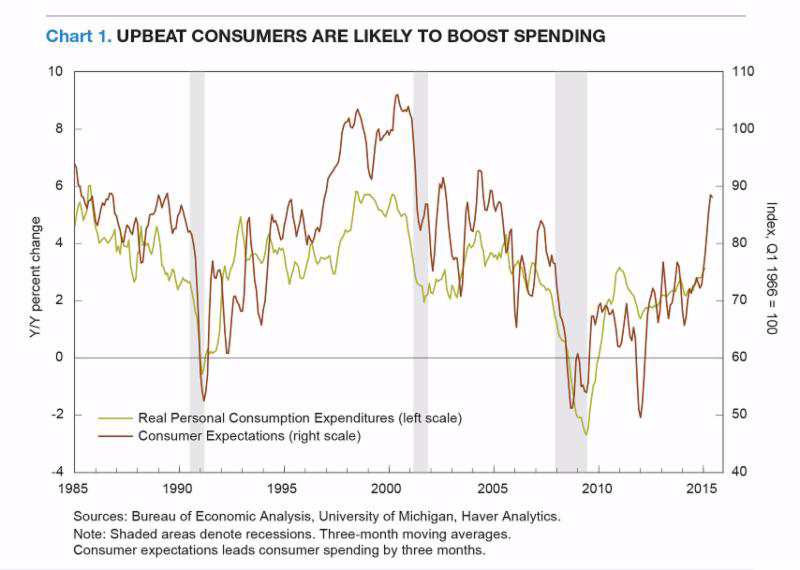Annual Report on the State of Small Business

Annual Report on the State of Small Business Empire State Development 2019 Annual Report on the State of Small Businesses In accordance with section 134 of the NYS Economic Development Law, Empire State Development (ESD) is required to compile an annual report on the state of small businesses, particularly businesses with less than 25 employees which are often referred to as “microbusinesses.” Please note that the data provided in this report are the most recent available. The data includes such topics as: Growth & Economic Trends of Small Businesses Employment and Economic Data of Small Businesses in New York State Programs to Improve Small Business Growth in NYS Employment in New York State Small Businesses with 0 - 19 Employees, By Industry (4th Quarter 2017*) Improving the Business Climate State & Local Business Regulations



